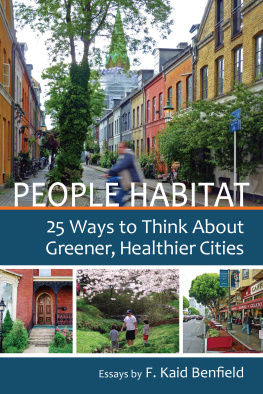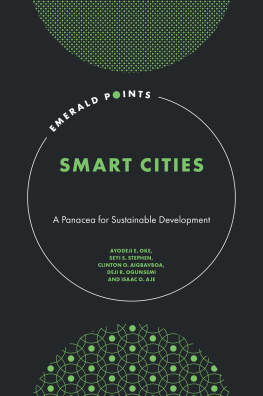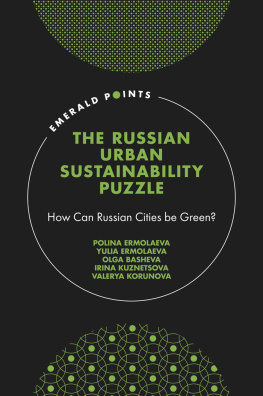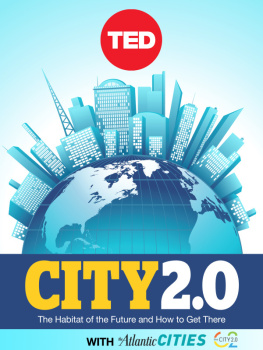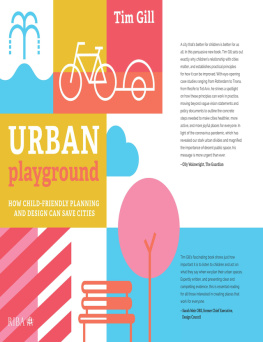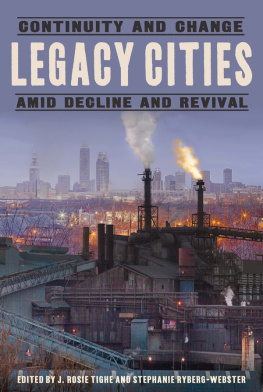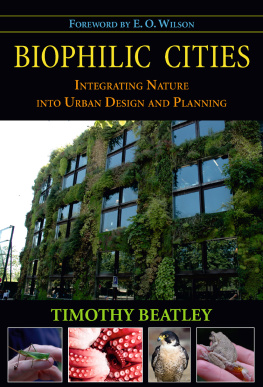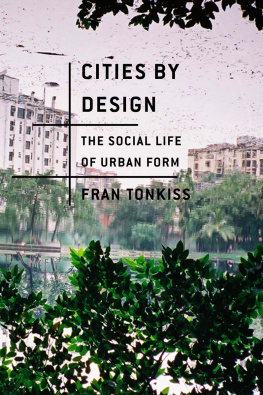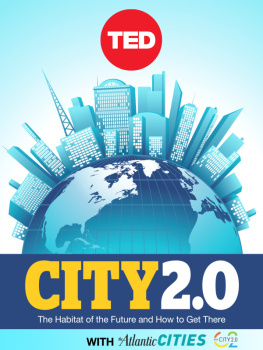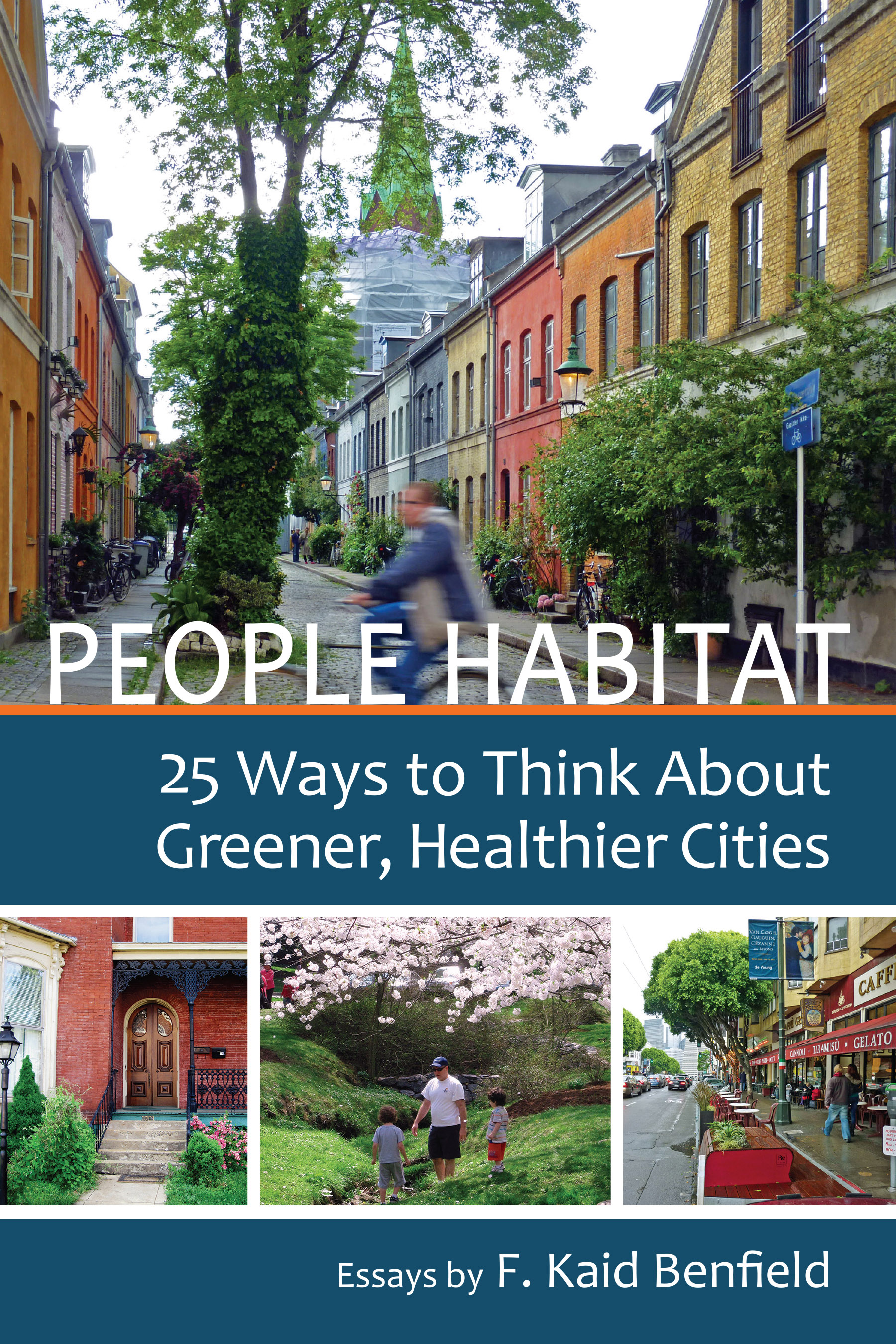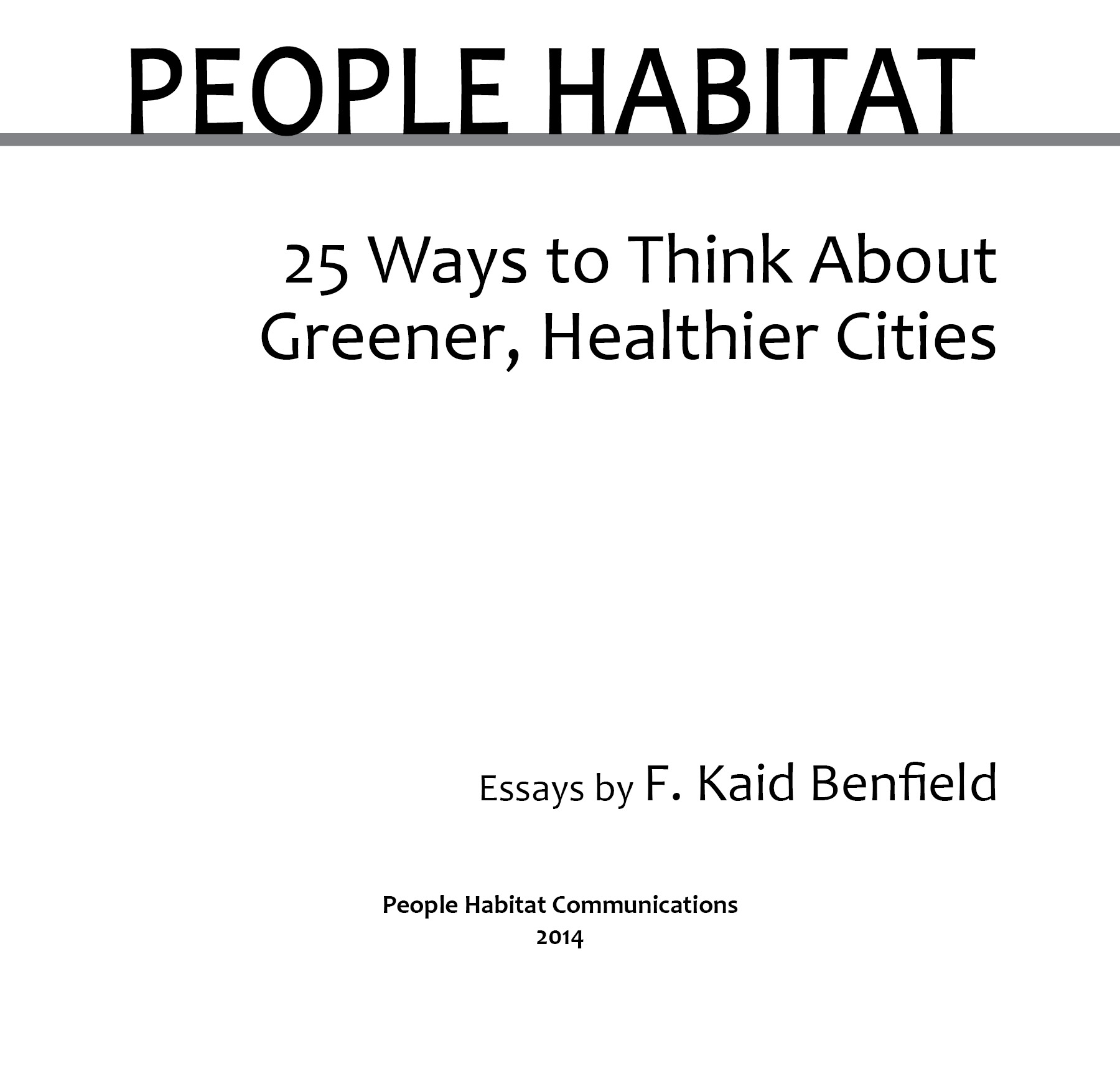Advance Praise for People Habitat
Kaid Benfield distills the true essence of a broad range of city-building and sustainability issues more often and more capably than almost anyone else Ive ever read. Many authors write because theyre hoping to change things for the better, and its easy to explode into shouting and fist-pounding when all is not well in the world. Kaid, however, keeps it positive better than anyone else I read, repeatedly pointing out places and principles done well, and higher ideals to which we should aspire.
Stephen A. Mouzon,
author, The Original Green: Unlocking the Mystery of True Sustainability
I strongly encourage anyone with even a passing interest in the quality of the place where they live to read Kaid Benfields writing. His framing of the ecology of people habitat is immensely useful in celebrating how an enormous number of small actions to create healthier local places can contribute to a healthier planet.
Keith Laughlin,
President, Rails-to-Trails Conservancy
Environmentalist Kaid Benfield clearly explains how dense cities, if done right, are a friend not an enemy of nature. I always have my students read a blog or two of his on walkable, mixed use, transit-rich, livable, healthy, and lovable urbanism. People Habitat finally gathers his insightful writings into its own dense little city of ideas.
Douglas Kelbaugh,
Professor and Dean Emeritus of Architecture and Urban Planning,
University of Michigan
Kaid Benfield, like Jane Jacobs, is a talented writer who isnt burdened by preconceptions or jargon, who can explain the ideas of others or express his own in a style that is accessible and comprehensible. These 25 essays are not just about cities; they are about making sense of the way we live.
Lloyd Alter,
Managing Editor, Treehugger.com
People Habitat promises to give us 25 ways to look at greener, healthier cities, but as anyone who has read one of Kaid Benfields books, articles, or blog posts knows, he delivers at least that many insights on every page. He doesnt just love citieshe gets them, in all their social, demographic, economic, and almost always paradoxical and volatile complexity.
Richard Florida,
author, The Rise of the Creative Class ;
Professor, University of Toronto and NYU;
co-founder and Editor-at-Large, The Atlantic Cities
After reading this book, youll know why Kaid Benfield is one of the nations leading thinkers regarding the future of Americas urban cores. Together, these writings offer a greenprint for both development and redevelopment of our cities that can help mayors, city planners, and all informed urbanites shape the future for the better.
Nancy C. Somerville,
executive vice president and CEO, American Society of Landscape Architects
Kaid Benfields writings about the shape and strength of our communities constantly challenge readers to think about issues and problems in new ways. He correctly reminds us that green is not always green, sustainable is often not, and smart growth is more than a tag to be hung on a new project like a sales ticket.
Hon. Parris N. Glendening,
President, Governors Institute on Community Design;
governor of Maryland, 1995-2003
Kaid Benfield, an environmentalist who loves cities, exposes the phoniness of claiming green status for buildings that can only be reached by car. If you love cities, youll love Kaids book.
Hon. John O. Norquist,
President, Congress for the New Urbanism;
mayor of Milwaukee, 1988-2004; author, The Wealth of Cities
2014 by F. Kaid Benfield
First edition
Design by Brenda Ruby
Main cover image: Payton Chung; Cover insets L to R by F. Kaid Benfield;
F. Kaid Benfield; Payton Chung
All rights reserved. Published in the United States of America by People Habitat Communications, P.O. Box 9755, Washington, DC 20016. www.peoplehabitat.com
Distributed by Island Press, 2000 M St, NW, Suite 650, Washington, DC 20036.
www.islandpress.com
ISBN: 978-0-9897511-0-0 (paperback)
ISBN: 978-0-9897511-1-7 (e-book)
Library of Congress Control Number: 2013913852
Manufactured in the United States of America
Table of Contents
Acknowledgments
T his book would have suffered greatly but for the intellect and diligence of its principal editor, Meghan Bogaerts, and the talent, professionalism, and good spirits of its principal designer, Brenda Ruby. Both were and are a delight to work with and very good at their tasks. It also would not be the same without my frequent writing collaborator, Lee Epstein, co-author of two of these essays and someone whose friendship and insights contribute to my thinking and writing even when he isnt trying to. Thank you, Meghan, Brenda, and Lee.
Special thanks also to the excellent photographers and illustrators who have allowed their work to enhance this book through commercial use license and personal communications. To be honest, Im not sure I would have wanted to write it without your generosity and kindness.
The life of a writer can be a lonely one at times, punctuated by episodes of doubt. Thanks so much to those who have supported and encouraged my writing on these topics. You keep me going. I have to begin with Phil Gutis, former communications director at the Natural Resources Defense Council who always believed in my instincts, and Ian Wilker, without whom there never would have been the blog from which most of these essays were born. Lloyd Alter, Richard Florida, and David Whitaker, you are too kind in encouraging my work, but I am honored by your good words along the way. I also have drawn confidence and energy from the folks at The Atlantic , The Atlantic Cities , and The Sustainable Cities Collective , whom I cannot thank enough for recruiting me and publishing my articles.
The list of fellow travelers in the quest for better cities whose immense talent and dedication inspires me daily is long, but it must begin with my direct collaborators in my daily professional life, including Eliot Allen, Jessica Millman, Marissa Ramirez, David Dixon, and my colleague and longtime sister-in-arms Shelley Poticha.
I also must thank those at NRDC past and present for their impact on my career and thus on this book. I might never have begun the journey for better cities at all without the example of my friend David Goldstein, and these topics were informed by five years of daily conversations with Rachel Sohmer. It was NRDCs presidents John Adams and Frances Beinecke, however, who gave me the trust and professional room to pursue a new kind of environmentalism under our organizations flag. The ideas that culminated in this book would not have happened without your support and, I must admit, indulgence. Ashok Gupta, you have understood and supported my pursuit of these ideas more than anyone, and in the process have become a great friend. To all of NRDCs many friends and supporters, I cannot thank you enough for enabling our organization to become as strong and effective as it has.
I have always reached outside my employer for ideas, learning, and formal and informal partnerships, every one of which has informed this book. This has led me to a very special friendship and professional relationship with Don Chen, the best big-picture thinker I know, and to so many mentors in the wonderful world of green urbanism. I cant possibly name all, but I cant imagine a page such as this without acknowledging the influence and friendship of Victor Dover, John Norquist, Steve Mouzon, Reid Ewing, Jane LaFleur, Hank Dittmar, Chuck Wolfe, Peter Calthorpe, Chuck Marohn, and David Crossley.

